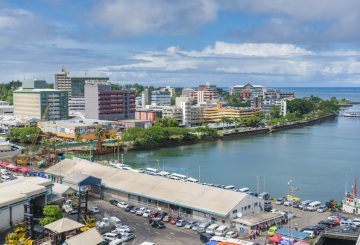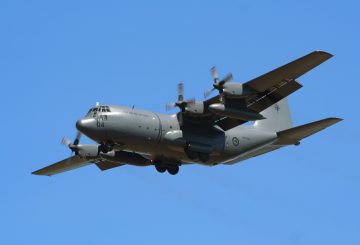한 저명한 전염병학자는 격리시설(MIQ)이 그 목적에 부합한다고 말한다.
최근 MIQ 제도로 인해 사람들이 추첨 또는 또는 비상(응급)의 경우로 뉴질랜드로 입국하는 일이 어려워지면서 점점 더 많은 비판을 받고 있다.
Michael Baker 교수는 MIQ가 본연의 목적을 잘 수행해왔지만 몇 가지 어려운 절충이 있었다고 말했다
이번 주 뉴질랜드 언론인 Charlotte Bellis는 MIQ 비상(응급) 자리를 확보할 수 없었던 사람들 중 한 명이라고 밝혔다.
카타르의 Al Jazeera에서 일했던 Bellis씨는 임신때문에 카타르의 수도 도하에 더이상 머물 수 없었다. 미혼 여성의 임신은 카타르에선 불법이기 때문이다.
MIQ 예약에 실패한 후, Bellis씨는 차선으로 이전에 그녀가 일했던 아프가니스탄으로 가는 것을 고위 관리들로부터 허락 받았다.
Bellis씨는 MIQ 비상(응급) 시스템에 대해 잘 모르긴 해도 자신의 사례가 최우선 MIQ 입소 순위임은 분명할 것이라고 확신했다.
“국경을 엄격하게 관리하고 뉴질랜드 입국자 수를 주당 몇 천 명으로 제한하는 정말 어려운 일이라고 본다”는 입장을 밝히면서 다른 나라들의 지원 시스템과 비교해 실망스러움을 감추지 못했다.
RNZ와의 인터뷰에서 “MIQ는 매우 국소적인 분류 체계를 따르기 때문에 임신 중이라면 별다른 대책이 없다. 임신한 경우 적절한 진료를 적절한 시기별로 받아야 하는데 그럴 수 없으니까”면서도 국경 제한은 많은 뉴질랜드 사람들에게 개인적인 부담을 안겨줬지만 뉴질랜드의 COVID-19 전략의 핵심 부분이었으며 사망률을 낮추는데 기여했다고 덧붙였다.
전염병학자, MIQ 적정성 검토





























































